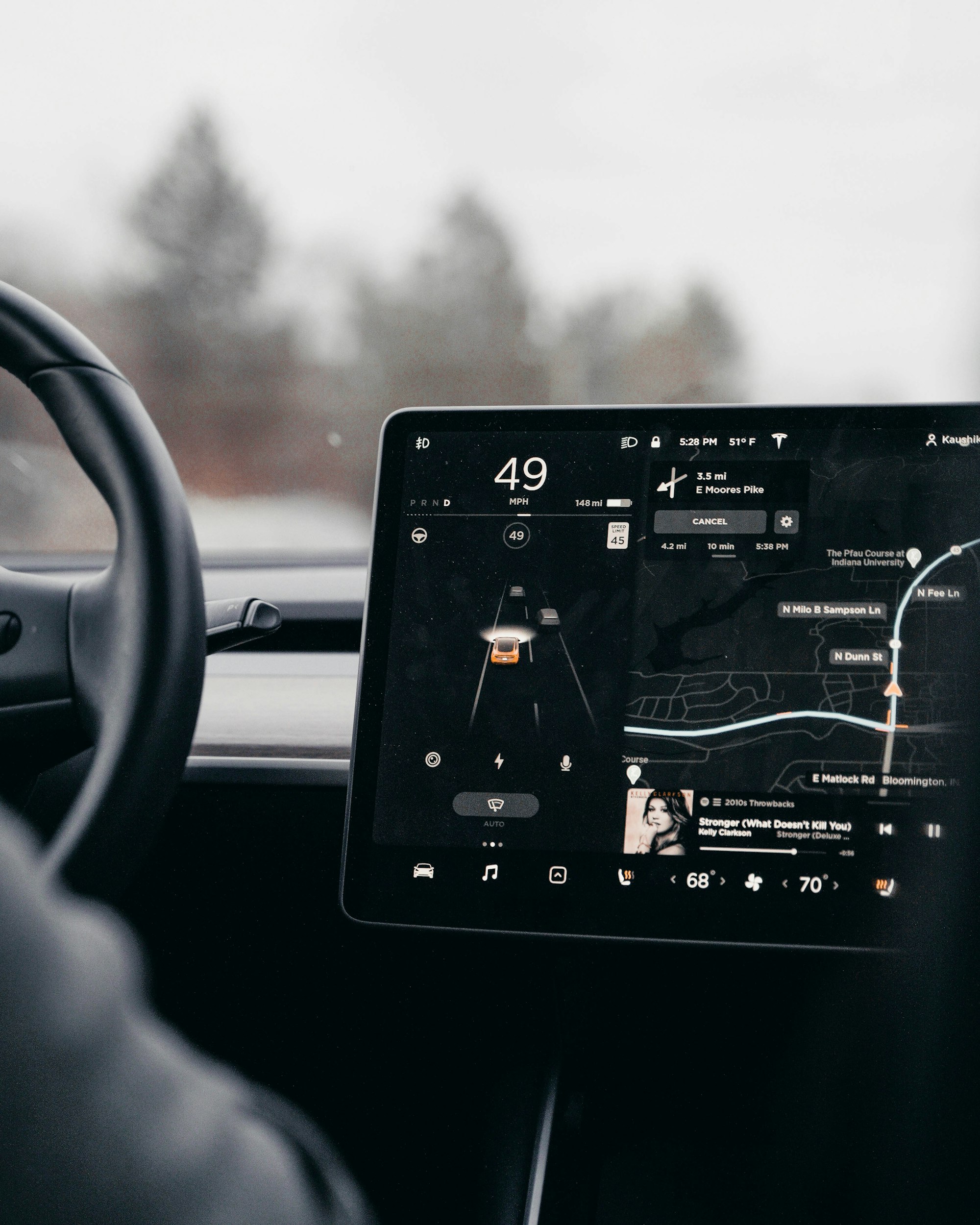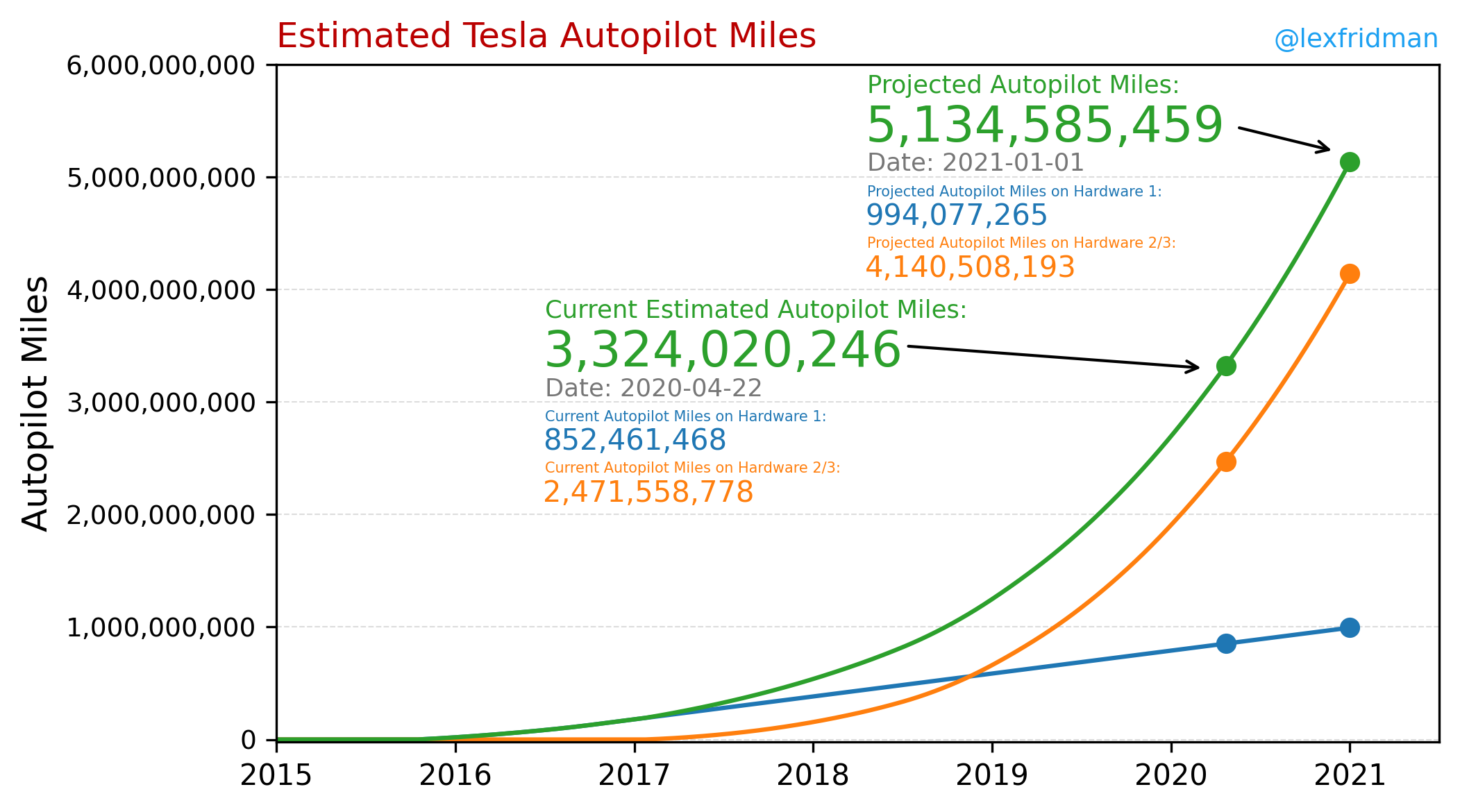Vision as a Service provided by Tesla

Many companies are working on Self-Driving-Technology. And the use cases for the technology are diverse. Transporting humans or goods. Ride-hailing, delivery of any kind (food, freight etc.). Different sort of vehicles can be potentially equipped with Self-Driving-Technology. Cars, trucks or those tiny delivery robots that are made for food and small package delivery.
The race is on because self-driving capability is the only technology for almost a century that can significantly decrease the operating cost per mile. Research from ARK Invest suggests a reduction from 0,70 cents to 0,35 cents per driven mile. Assuming that no human is involved that expects to get paid for driving the vehicle.
Companies with access to the technologies could, for example, offer cheap ride-hailing services to compete with Uber, Lyft and public transportation. They could provide automated package- or food-delivery services and imagine heavy-duty trucks being operated autonomously. Companies with this technology can either provide those services for the same prices and with increased margins and lower the prices to get competitors out of business. No matter how it's going to play out, owing or having access to this technology is a competitive advantage.
Suppose you would have to bet on one company that is most likely to solve autonomous driving first on a large scale. In that case, we are not talking about Waymo having figured it out in a few cities with a method that is extremely expensive to scale - you should have a closer look at Tesla. Please have a look at this chart from Lex Fridman:

The more cars Tesla sells, the more sensors are on the roads to collect data to solve the edge cases' edge cases. The art of building self-driving technology that scales is to have enough data for the most unlikely cases that can occur. Tesla is the only company with access to that much data to train its neural nets. No other company comes even close. In comparison: In 2020, waymo reported having 20+ Million autonomous driven miles. Waymo also reports having 15+ Billion miles driven in simulation. So the questions is - are we able to create a simulation that encounters all the weird things that can actually happen on roads? Again, the key to master the technology is to make sure it can handle the edge cases of the edge cases well. With an increasing fleet having cars all over the planet, Tesla is more likely to collect data on those unlikely events.
Tesla will be the first to offer self-driving technology on a global scale. Why? Data. It's all about data. Data allowed Tesla to switch to a pure vision-based approach, while all the other companies are still trying to figure out how to make lidar and radar work together with their cameras. If you simply ask yourself the question: Whom do you trust when lidar, radar and/or the camera would lead to contradictory decisions? The notion of safety having an overload of sensors kind of disappears. To fully understand all the pieces that it needs to win the race, watch Andrej Karpathy explain Tesla's approach.
Just for the sake of argument, let's assume Tesla is going to be the first.
Should Tesla offer their technology to others? Like Amazon did with AWS, but for self-driving technology that others can license. Let's call it Vision as a Service or VaaS because it sounds fancy.
Recently Elon Musk commented that they are talking to other OEMs to licence their self-driving technology.
We’ve had some preliminary discussions about licensing Autopilot to other OEMs. - Elon Musk Q4 2020 Conference Call
How does this make any sense? Let's assume that it's only about software and not the Tesla Custom Chips. So what would happen is that Tesla sells their software and gets paid by the OEMs. It's a new stream of revenue for Tesla. At the same time, they will allow their competitors to also offer services like hail-riding or create self-driving trucks. If you look at Tesla's numbers throughout the last years, it is undeniable that they do not need additional revenue streams to sustain their business model. It wouldn't hurt either, but Tesla generates enough positive cash flow, has multiple gigantic projects running and a clear path to becoming the biggest car and energy manufacturer within the next 10 years. Just for comparison: Tesla plans to deliver 20 Million electric vehicles by 2030. Currently, Toyota and VW deliver about 10 million cars per year. So Tesla can easily get additional funding, and VaaS as another revenue stream wouldn't be necessary to convince investors. So offering this technology is unnecessary for Tesla, but why is Tesla talking about licensing at all?
Remember that Teslas Mission is to accelerate the transition to sustainable energy. Licensing self-driving technology could be an incentive for other companies. By licensing their Software, Tesla could enable new business models and help other companies out that do not have the capabilities to build the technology themselves. At the same time, Tesla could decide only to "support" companies and projects that help with the transition to sustainable energy.
If you think about it from a meta-perspective. A transition to sustainable energy is more likely and probably faster if all the market participants put their resources into the necessary technologies. Tesla already builds the safest, fastest and smartest cars on the planet. What do you think is going to happen if Tesla reaches the scale of VW and Toyota? Most of the traditional OEMs will simply not be able to compete on products and go out of business. Tesla alone will not be able to build enough cars to transition the entire planet, so it may help others survive by licensing its technology. All for the sake of accelerating the world to switch to sustainable energy production and consumption.
So my prediction is that Tesla -for at least this decade- will be the only company capable of offering Vision as a Service. But, unfortunately, they are also the only car manufacturer with a non-economic incentive to do so. So if VaaS happens, it's most likely Tesla offering it to help accelerating the transition to sustainable energy.
